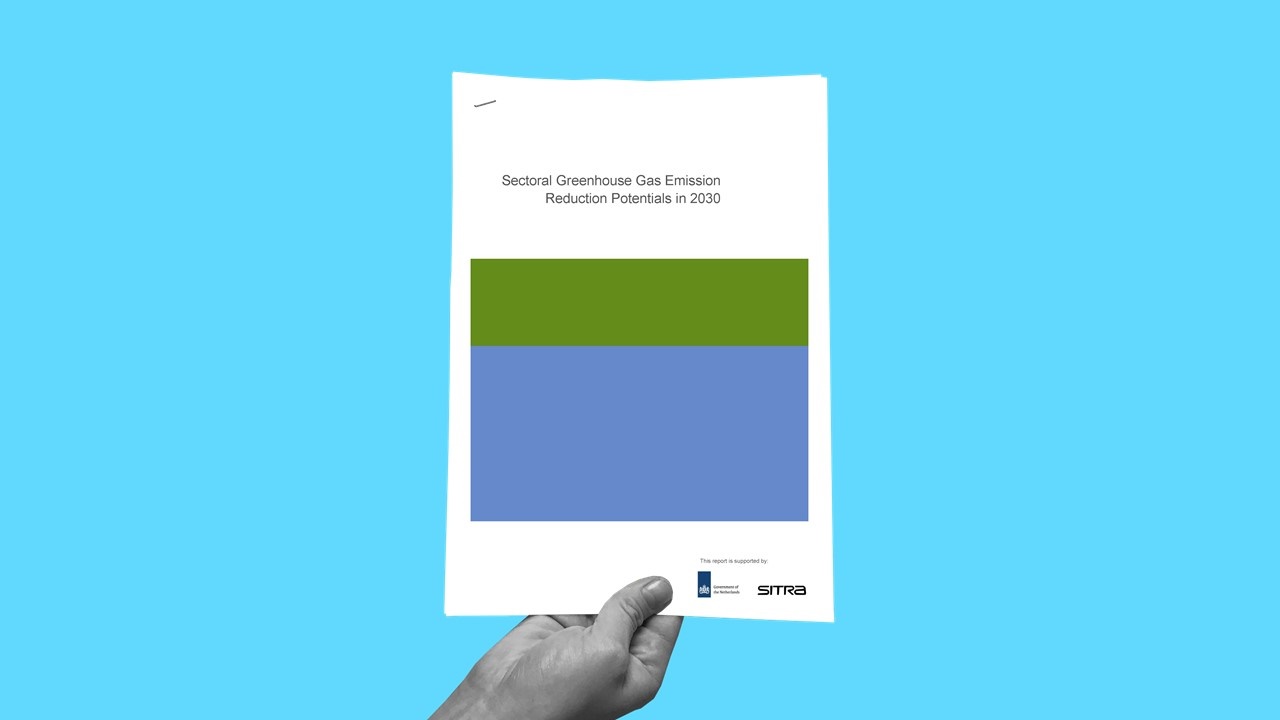Two years ago in Paris, world leaders did something many had considered unthinkable. They raised the ambition of climate targets, committing the world to limit global warming to “well below” two degrees – and even striving for just 1.5 degrees.
Since then, experts have been trying to understand what meeting these goals would require. There has been relatively little recent research looking at global emission reductions compatible with the Paris Agreement – particularly analysing all sectors one by one.
This study is important in two ways. First, it fills an important knowledge gap by providing an up-to-date, sector-by-sector analysis of full emission reduction potentials globally by 2030.
Second, the study answers a key question: is it possible to bridge the emissions gap between current trajectories and pathways compatible with the Paris Agreement? It is indeed and by a clear margin – even when applying reasonable cost limits and reality checks. Taking into account additional and often more difficult to define solutions, such as moving towards a circular economy, would increase the potential further.
While this report fills an important gap, it also reinforces the message from various other studies. For example, Green to Scale, a project run by the Finnish Innovation Fund Sitra, found that simply scaling up 17 existing climate solutions would cut global emissions by 12 Gt by 2030 – equal to the emissions of China and Japan combined. Just like in this study, the largest potential comes from a handful of categories: solar and wind power, tackling deforestation and promoting reforestation, as well as energy efficiency in buildings and appliances.
What is particularly exciting is that emissions can be significantly reduced with existing, commercially available solutions – even when scaled up only to the extent that some countries have already achieved today. In other words, just catching up by 2030 to what comparable countries have done by now, would take us a long way in bridging the emissions gap.
These and many other studies underline the fact that we can reach the goals set in Paris. The real question is if we will do so.
Now it is up to policy makers, business leaders, local governments, citizens – in short, all of us – to make sure this potential is realised. We not only can, but we will bridge the emissions gap and meet the goals of the Paris Agreement.
This report was compiled to give input to the UNEP Gap Report series.

















Recommended
Have some more.